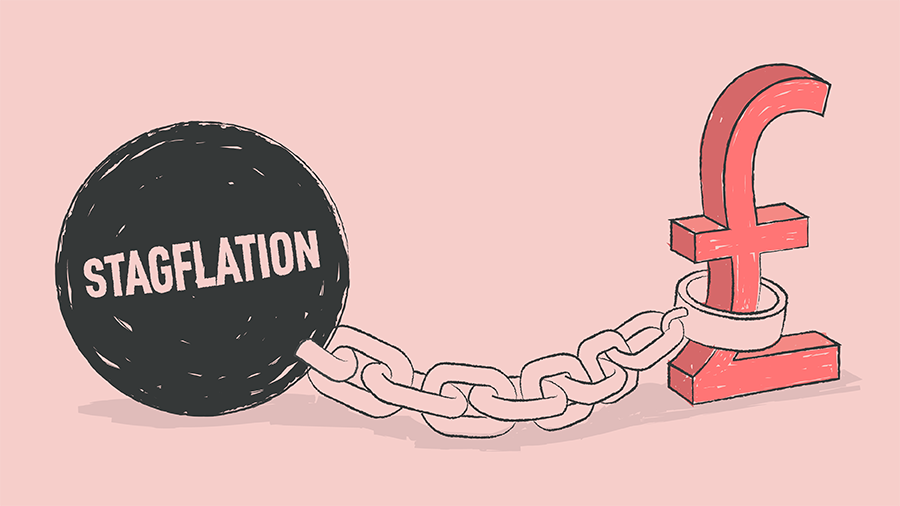Culture almost never stays the same across the lifespan of a company, particularly a growing one. To an extent, this evolution is inevitable – scale tends towards bureaucracy; maturity tends towards efficiency over radical innovation and risk taking – and sometimes it is even desirable. But other times, leaders can wake up one day and realise something of value has been lost over the years.

Culture almost never stays the same across the lifespan of a company, particularly a growing one. To an extent, this evolution is inevitable – scale tends towards bureaucracy; maturity tends towards efficiency over radical innovation and risk taking – and sometimes it is even desirable. But other times, leaders can wake up one day and realise something of value has been lost over the years.
A culture of ownership may have turned into one of information hoarding and empire building. The expectation of rigour can lead to a tangle of complicated processes and layers of approval. Cherished values like trust and collaboration can inadvertently result in toxic groupthink and exclusion, as happened at Uber, for example.
So what do you do when your culture starts to get away from you?
-
See your culture as it really is
Your culture is not what you’ve written on your office walls. It is a set of unwritten behavioural norms, values and expectations, which often vary between different parts of the business. What people do and what they say will also depend on who’s watching them. All this means that the culture experienced by the CEO may be very different from what an independent observer might see on the front lines.
To be able to refresh your culture, you therefore need to find out what it’s actually like. Auditing your culture successfully requires thorough, unbiased observation and conversation, to see the patterns that may not be apparent from the inside. Only then can you start working on them.
-
Make culture a priority
It may sound obvious but unless you make your culture a widely-understood business priority rather than just carting it off to the HRD, you won’t make much progress. Before its acquisition by Unilever in 2011, skin and beauty firm Alberto-Culver turned around a sluggish culture – and its financial situation – by doing exactly that.
Then-Vice Chairman Carol Lavin Bernick described how: “people dutifully waited for marching orders and thought of their bosses’ needs before their customers’. Through long-standing practice, rooted in good intentions, we had sheltered our people from our detailed operating results and all the business realities that drove them. In doing so, we had denied them the knowledge and perspective that could make them our true partners in growing the business.”
Alberto-Culver’s solution was to focus attention and resources on the problem, sharing information about the business with staff in all departments. It also created 70 ‘growth development leader’ positions with the expressed task of fixing the culture through mentoring, and then scrupulously, regularly measured the impact. Lavin Bernick said the final ingredient was to celebrate behaviours that they wanted to see happen again: “If you want something to grow, pour champagne on it.”
-
Decide whether to bring in new blood
It’s easy to conflate cultural problems with people problems. If managers and staff at some of your retail outlets or manufacturing plants are disengaged, for example, does that mean you have a bad manager, or would the conditions there turn any good manager bad? Once you know what the problem is, you can quickly find out whether that person can be re-engaged or not.
Sometimes getting rid of problem people will help to solve cultural problems, though it’s almost never enough on its own. Other times, bringing in new people can have a stimulating effect. This can be an individual – particularly at a senior level, one person can really change the tone of a group – or it could be en masse.
London Business School academic Freek Vermeulen wrote for instance about how choice acquisitions helped the leaders of US beverages company Snapple realise that there were different ways of doing things, ultimately helping it stay fresh and relevant. One manager said of the firm’s acquisition of Nantucket Nectars, that “we have learned from [their] expertise in guerrilla marketing activities – how to execute them on a street level. They have reacquainted us with this.”
-
Involve people
Like most things, culture change is less likely to work if it’s something someone does to you. Involving staff in the process – particularly if they understand why it needs to happen – will not only give you a clearer picture of your culture as it is, but also help drive the behaviours you want from the bottom up.
When discussing how to achieve a culture of continuous innovation, Oracle begins with the motivation of individuals in the business. “Workers tend to be motivated by three things: mastery, autonomy and purpose. They want to excel, they want to own their work, and they want to know that the work they do contributes to their own and their organisation’s goals… to harness the power of individual desires for autonomy, mastery, and purpose for organisational benefit, HR can begin with a simple idea: give employees permission – and perhaps even an imperative – to change.”
By sharing your goals with people and empowering them to use their full talents to work towards those goals, you are far more likely to unleash the kinds of behaviours you want in your culture. And by involving workers in articulating your values, those values will be more authentic and much more likely to stick as the company grows.
Revitalising a tired or even problematic culture is possible therefore, but like most things of value it will only happen with concerted effort and careful thought.
















